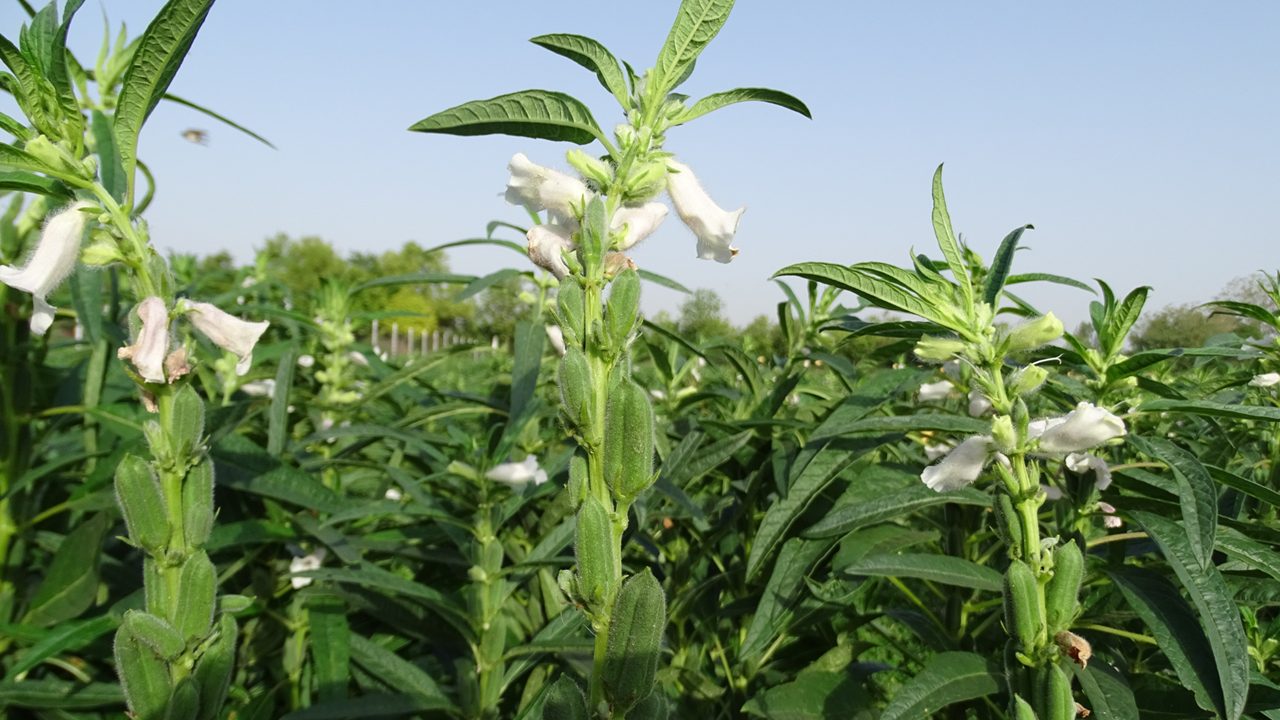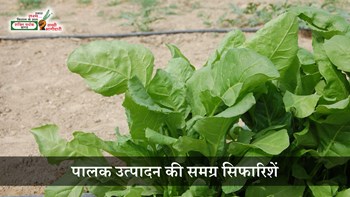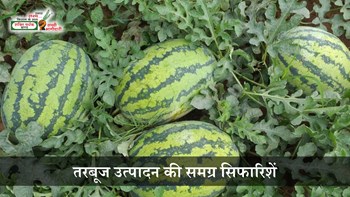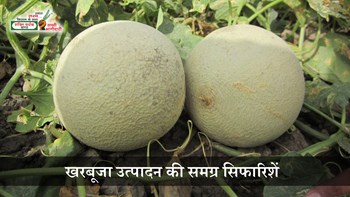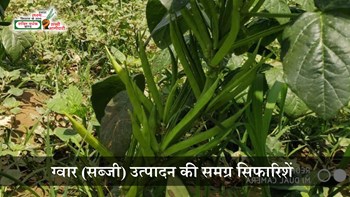Sesame is a major oilseed crop containing about 50% oil. The oil extracted from sesame is excellent for consumption.
1. Land Selection:- Suitable Soil: Well-drained loamy or sandy loam soils.
2. pH Range: 5.5 to 7.5 is ideal
3. Land Preparation:- Perform deep plowing with a soil-turning plough. Follow with 2-3 plowings using a country plough to make the soil fine. Incorporate manure/fertilizer while preparing the field.
4. Seed & Sowing:- Early July or at the onset of the monsoon is optimum for sowing. In irrigated conditions, it can be sown in the second fortnight of June.
5. Seed Rate: 2 kg of good quality treated seed per acre.
6. Sowing Method: Use line sowing for better yield and easier management. Line-to-line spacing: 30 cm, Plant-to-plant spacing: 15 cm, Seed depth: 4-5 c
7. Manure & Fertilizer:- Sesame generally requires less fertilizer.- In low fertility soils: Apply 15 kg Nitrogen (approx. 33 kg Urea) per acre at sowing time.- Over-fertilization leads to excessive vegetative growth.
8. Weed Control:- At 3-4 leaf stage: Spray 400 ml Targa Super per acre (40 ml per tank) to control narrow-leaved weeds.
6. Irrigation:- Water is critical during flowering. If there is no rain during this time, irrigate the crop.
7. Pest & Disease Management:
Pests:- Fruit borer caterpillar: Spray 600 gm Carbaryl 50 WP in 200 liters of water twice at 15-day intervals.
Diseases:- Phyllody: Caused by M.L.O. (Mycoplasma-like organisms), transmitted by leaf hoppers.
Control: Spray 200 ml Malathion 50 EC in 200 liters of water during flowering at 20-day intervals.- Phytophthora Blight: Leaves dry out. Control: Spray 800 gm Mancozeb in 150 liters of water.- Root and Stem Rot: Treat seed with Bavistin before sowing. Spray 200 gm Carbendazim in 200 liters of water on standing crop.
8. Harvesting & Threshing:- Harvest at the right time to avoid seed shattering.- When leaves and pods turn yellow-brown, begin harvesting.- After cutting, tie plants in bundles and place them upright to dry for 7-8 days.
Note:
These recommendations are based on research center findings. Yield may vary due to soil, weather, pest/disease attacks, and crop management.
Farmers are responsible for their crop outcomes. Local agricultural department guidelines may also be followed.
